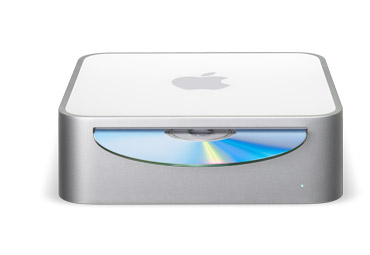Open Source is the free software movement that is taking the world by storm. It is altruism, pure and simple. Under Open Source, software is freely available in source code form so that **anyone** can use it, modify it, give it away or make money from it by way of ancillary services.
Two of the most prominent examples of Open Source are the
Linux Operating System and the
OpenOffice suite of productivity applications (including word processing, spreadsheet, presentation, drawing, and database). These two represent a fine alternative to the Windows platform.
Linux is available in what are called "distributions" (this is fancy lingo meaning "a kind of packaging"). There are dozens and dozens of distributions, many of which have short longevity. Therefore, I recommend choosing from the "distros" that are likely to be around ten years from now. In my opinion, these are: Fedora, Mandriva, SUSE, and Ubuntu. You may also wish to consider Linspire and Xandros. My personal favourite is SUSE Linux (from Novell).
http://www.opensuse.org/Welcome_to_openSUSE.orgUnlike Windows, Linux is quite secure and safe to use. While it is not entirely immune to viruses, for example, I have only heard of one or two incidents of virus attacks on Linux machines in the past ten years. Compare that with Windows, which has hundreds of virus attacks every year!
The reason Windows has experienced so many attacks is because it is so ubiquitous. There are far more Windows machines (and, hence, far more inviting targets) than there are Linux machines. As long as this remains true, Linux will always be comparatively safer.
Linux is also far cheaper than Windows. You can't beat
free! While there are commercial Linux distributions that go for less than $100, that's still much cheaper than the equivalent Windows edition. Commercial distros provide you with some official telephone/email support, printed documentation, and some additional software that you may or may not use.
The OpenOffice suite is also far cheaper than Microsoft Office. OpenOffice is free. The commercial version known as StarOffice costs $70. For the vast majority of Office users, OpenOffice has all the power and features that they will ever use.
http://www.openoffice.org/Since Linux is Open Source, there are no copy protection issues.
Linux is very solid and stable. I have never heard of Linux suffering from the system degradation problems that plague Windows. Once Linux is properly installed and configured, it will continue to run well forever. Like the Energizer Bunny, it just keeps going and going and going...
Because Linux and OpenOffice are Open Source, bug fixes are more timely. Typically, if you report a significant bug to the Open Source folks, it will be fixed in the next software update. The beauty of this is that updates come very frequently. The Open Source update cycle is typically about six months.
Microsoft's update cycle, on the other hand, is about two to three years. That's how often they release Windows "Service Packs," which contain mostly bug fixes.
People often mistakenly complain that Linux is more difficult to use than Windows. However, recent developments have made Linux far more approachable than in the past. For example, Linux has two desktop interfaces that present a much friendlier face to the average computer user. One is called
KDE and the other is called
GNOME. GNOME is simpler and more elegant, but I feel it is less powerful and not as helpful. I much prefer KDE.
KDE is rather "Windows-like," so if you're coming from the Windows world, this may be the better interface for you.
And, finally, supporting Open Source now ensures that you will be liberated from the tyranny of Microsoft Windows and Office a few years down the road. Let's do all we can to break the Microsoft monopoly!


